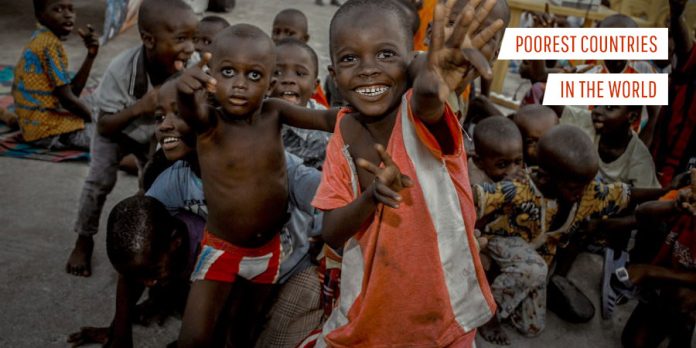The countries most affected by poverty are also plagued with more problems, including war, starvation, and global climate change. The population below the extreme poverty line in the world’s low and middle-income countries lacks clean water, healthcare, social services, and academic opportunities. They are helpless, powerless, and worried about their future.
We can calculate the poorness, worst living style, and wealth of the countries by GDP per capita and economic growth rate. Many people in these poorest countries are dying due to poverty and hunger. Here, we discuss the ten poorest countries’ rank globally due to several economic and developmental factors.
10. Mozambique
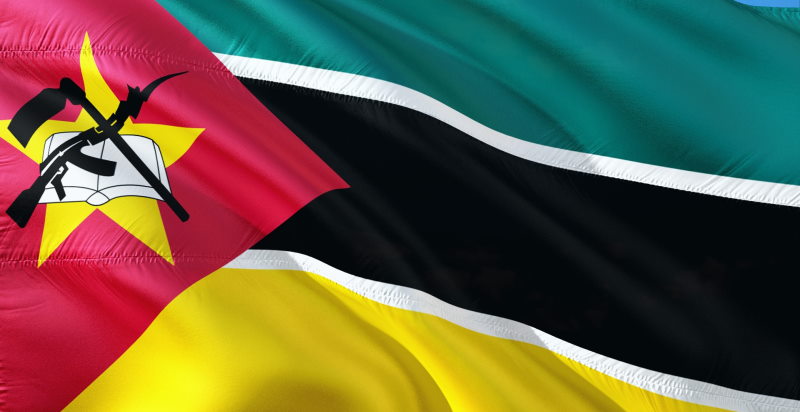
Mozambique is enriched with substantial natural resources. Although the industrial sector is developing, its economy mainly depends on agriculture, food and beverages, chemicals, and aluminum and petroleum production. In contrast, the tourism industry is also rising.
The primary trading member of South Africa is Mozambique and foreign direct investment. But it is one of the underdeveloped and most impoverished countries in the world. Its average GDP growth was nearly 8% from 1994 to 2006 per year. As per IMF, Mozambique is a Heavily Indebted Poor Country in the world.
The early 2000 floods slowed down disastrous development to 2.1% but had a comeback in 2001 with a 14.8% growth. Due to corruption, its economy was also affected.
| Capital: | Maputo |
| GDP per capita: | $ 501 |
| Poverty Rate: | 46.1% |
| Life Expectancy: | 58.9 years |
| Unemployment rate: | 3.2% |
| Major Economy based: | Agriculture, Mining |
9. Liberia

Due to Liberia’s first civil war, the economy is underdeveloped and has become one of the world’s poorest countries. It comes in low-income economy countries. By 1979, Liberia’s economy was more developed and fastest rising in Sub-Saharan Africa. After 1980, the civil war affected the economy and infrastructure.
The Liberian central sector of the economy is agriculture. From 1989 to 1995, a 90% reduction in GDP was projected. In 2009, the global economic problem declined GDP to 4.6%. But it was improved by 5.1% in 2010 due to rubber and timber exports.
| Capital: | Monrovia |
| GDP per capita: | $ 704 |
| Poverty Rate: | 54.1% |
| Life Expectancy: | 64.44 years |
| Unemployment rate: | 2.73% |
| Major Economy based: | Forestry, Mining, Rubber, Transportation, Communication, Energy |
8. Mali
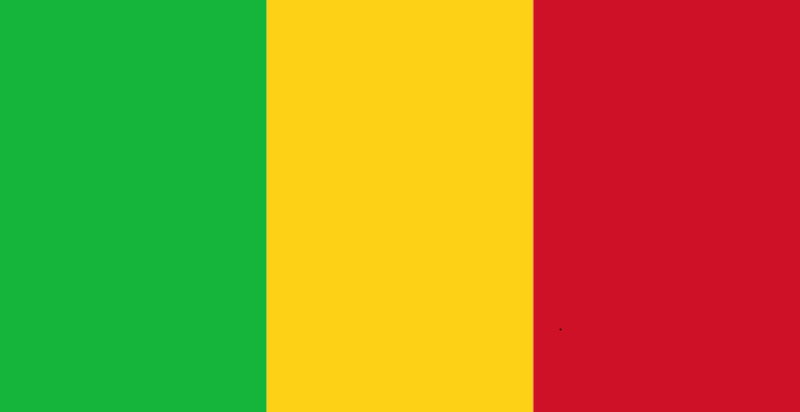
Africa’s eighth-largest country is Mali; it began economic recovery in early 1988 by signing approvals with the International Monetary Fund and World Bank. It mainly produces cotton and mining gold, iron, and bauxite, and income relies on mining and manufacturing agricultural products, livestock, and fish. The cultivation of pearl millet, maize, cotton, rice, vegetables, tobacco, and tree crops are the primary source of agriculture.
| Capital: | Bamako |
| GDP per capita: | $ 899 |
| Poverty Rate: | 42.7% |
| Life Expectancy: | 59.44 years |
| Unemployment rate: | 7.34% |
| Major Economy based: | Agriculture, Mining, Construction |
7. Burkina Faso
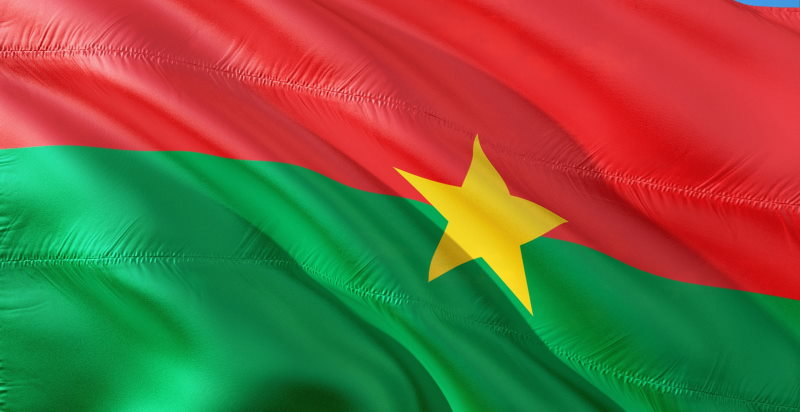
From 2011 to 2012, the export value dropped from 2.77 dollars billion to 754 dollars million. The most considerable growth of Burkina Faso’s economy relies on foreign help. In 2017, its financial growth rate was increasing by 6.4%. The tourism sector didn’t exist in the nation’s cities in 2018. Unpredictable rainfall, fragile soils, lack of communication, and other factors are declining the economy.
| Capital: | Ouagadougou |
| GDP per capita: | $ 768.3 |
| Poverty Rate: | 40.1% |
| Life Expectancy: | 62.6 years |
| Unemployment rate: | 6.41% |
| Major Economy based: | Agriculture |
6. Sierra Leone
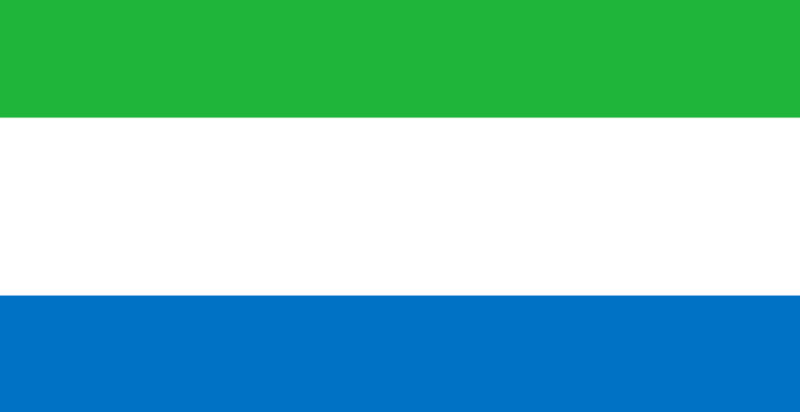
Sierra Leone produces natural resources, mainly diamond, gold, bauxite, and aluminum. From 1990, its economy has severely dropped due to civil war. After the outrage ended in January 2002, external supporters helped Sierra Leone to recover. The economic reformations depend on ending the corruption of the government. Most of the citizens rely on the agriculture sector and grow rice mostly. The exports of minerals are the earning source of this country. It is a notable maker of diamonds and digging mostly blood diamonds.
| Capital: | Freetown |
| GDP per capita: | $ 518.47 |
| Poverty Rate: | 52.9% |
| Life Expectancy: | 54.81 years |
| Unemployment rate: | 4.43% |
| Major Economy based: | Agriculture, Mining |
5. Burundi
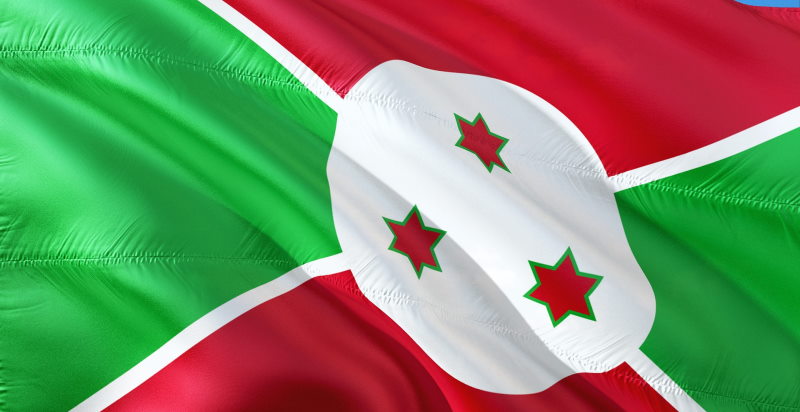
The 1990s civil war is the reason for the undeveloped economy and fifth poorest country in the world. Its land is mostly used for grazing and agriculture. Burundians are facing corruption, weak infrastructure, poor healthcare, low education benefits, and starvation. It is a poor resource country that causes loss of habitat, deforestation, and soil erosion. It mostly exported coffee and tea to foreign countries and contributed a minimal share to its GDP. Government corruption impedes the development of a healthy private sector.
| Capital: | Gitega |
| GDP per capita: | $ 267 |
| Poverty Rate: | 53% |
| Life Expectancy: | 61.7 years |
| Unemployment rate: | 1.41% |
| Major Economy based: | Agriculture |
4. Chad

Most of the citizens who live in Chad are poor. The primary source of earnings is exporting crude oil since 2003. It ranked fourth poorest country in the world. More than 80% of Chad’s population depends on farming and livestock for their employment. Before oil, the primary export of this nation is cotton. Cotton companies have decreased due to the fall in cotton prices in the world.
| Capital: | N’Djamena |
| GDP per capita: | $ 649.85 |
| Poverty Rate: | 66.2% |
| Life Expectancy: | 54.35 years |
| Unemployment rate: | 1.94% |
| Major Economy based: | Agriculture, Mining, oil, cattle, cotton |
3. South Sudan
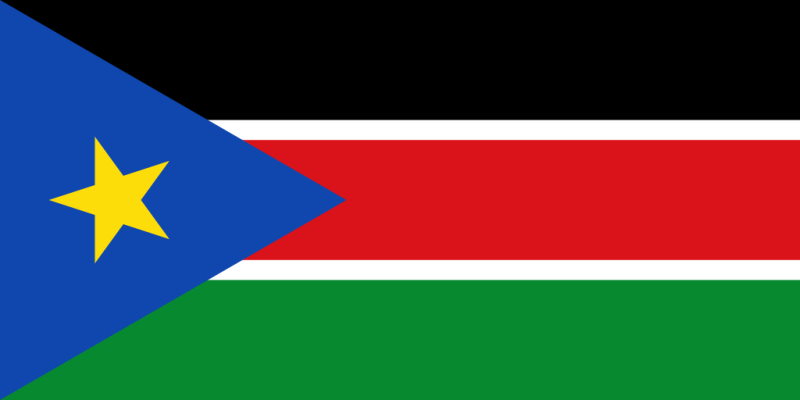
| Capital: | Juba |
| GDP per capita: | $ 303.15 |
| Poverty Rate: | 82.3% |
| Life Expectancy: | 57.95 years |
| Unemployment rate: | 12.7% |
| Major Economy based: | Agriculture, Mining |
Most Females of South Sudan are illiterate and one of the most underdeveloped countries in the world. It contains rich natural resources, including petroleum, copper, chromium, iron, zinc, mica, tungsten, silver, diamonds, gold, hardwoods, and hydropower. Agriculture affects the country’s economy.
2. Central African Republic
| Capital: | Bangui |
| GDP per capita: | $ 370 |
| Poverty Rate: | 66.3% |
| Life Expectancy: | 53.35 years |
| Unemployment rate: | 3.7% |
| Major Economy based: | Agriculture, NGO, Foreign aid |
The world’s poorest country is also acknowledged as the world’s hungriest country. It is the unhealthiest country as well as the dangerous country for youngsters. The majority of the population engages in agriculture, and 55% of the country’s GDP comes from farming. Forestry and Agriculture are both the income source of CAR. The economy is mainly based on NGOs and foreign investment. Timber and Diamonds also improved the economic growth rate.
1. Niger

The first poorest and one of the developing countries in the world is Niger. The economy is based on agriculture and producing uranium ore for export. Its economy focuses on subsistence yields, livestock, and uranium mining. The drought rise, desertification, a population growth rate, and a decline in the world’s demand for uranium have reduced the economy.
| Capital: | Niamey |
| GDP per capita: | $ 485 |
| Poverty Rate: | 41.4% |
| Life Expectancy: | 62.53 years |
| Unemployment rate: | 0.49% |
| Major Economy based: | Agriculture, Uranium ore |
Conclusion
All of these highly vulnerable and underdeveloped economic countries have either been affected through civil war or have been experiencing ongoing communal or racial disputes. Qatar is the country where the maximum proportion of the population is wealthy. The major source of their income is petrochemical, gas, and oil.
GDP does not calculate wealth distribution. To get an accurate description of individuals’ living conditions, it starts with distributing the country’s GDP according to the proportion of citizens living in that country such as GDP per capita and economic growth rate. Reports about the social capital available to the person and whether this wealth is increasing or decreasing over time.
The political volatility and destruction hindered the development of the economy. Other obstacles to enhancing the poverty or unemployment rate include a loss of infrastructure, worse healthcare, and poor education quality. Public sector corruption can deter financing and development, which is also a constant problem we encountered.
We have gathered information about the poorest country in the world as well as in Europe. If you want to know the detail, you will get here. For more updates…stay tuned with us!
